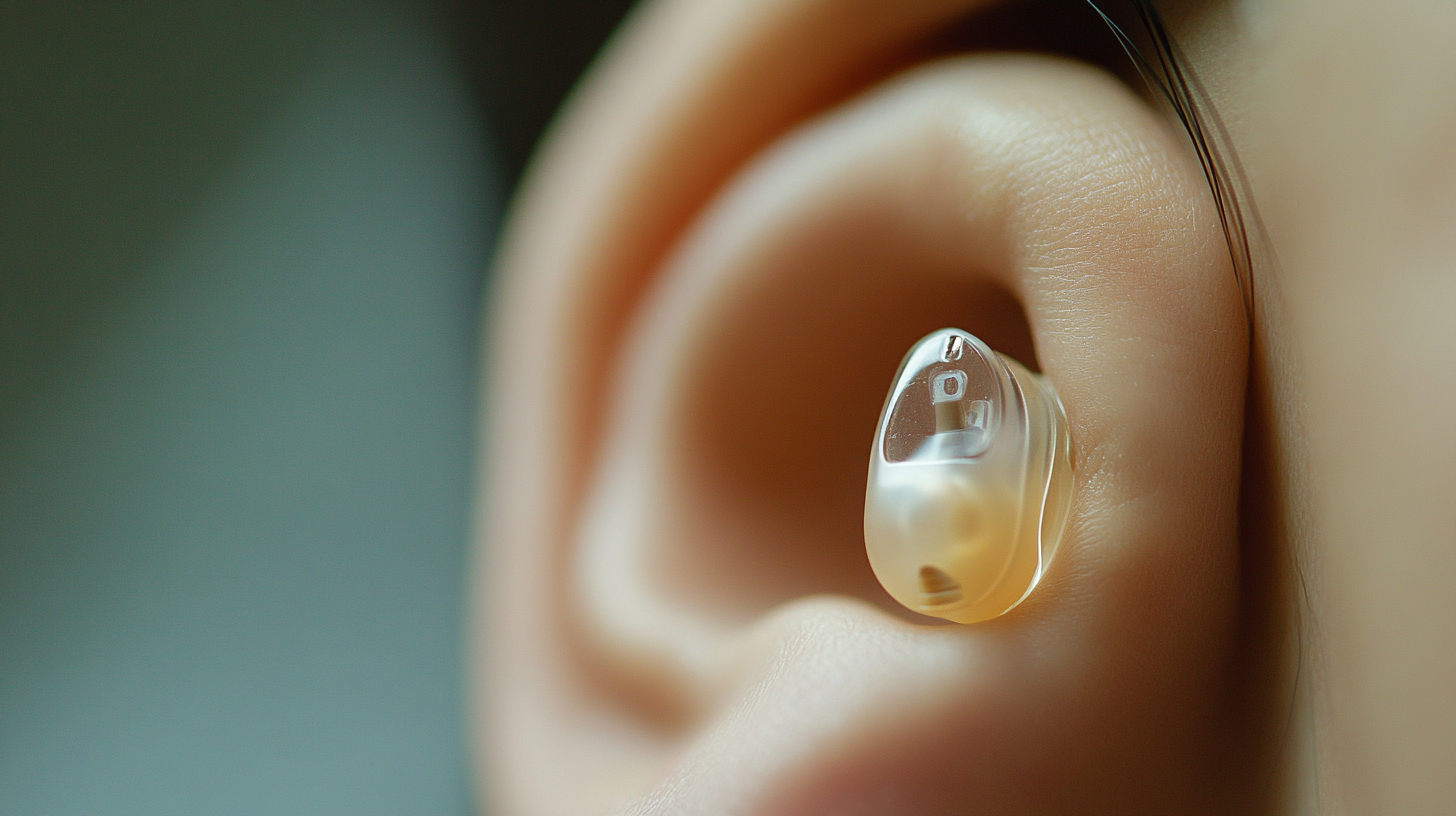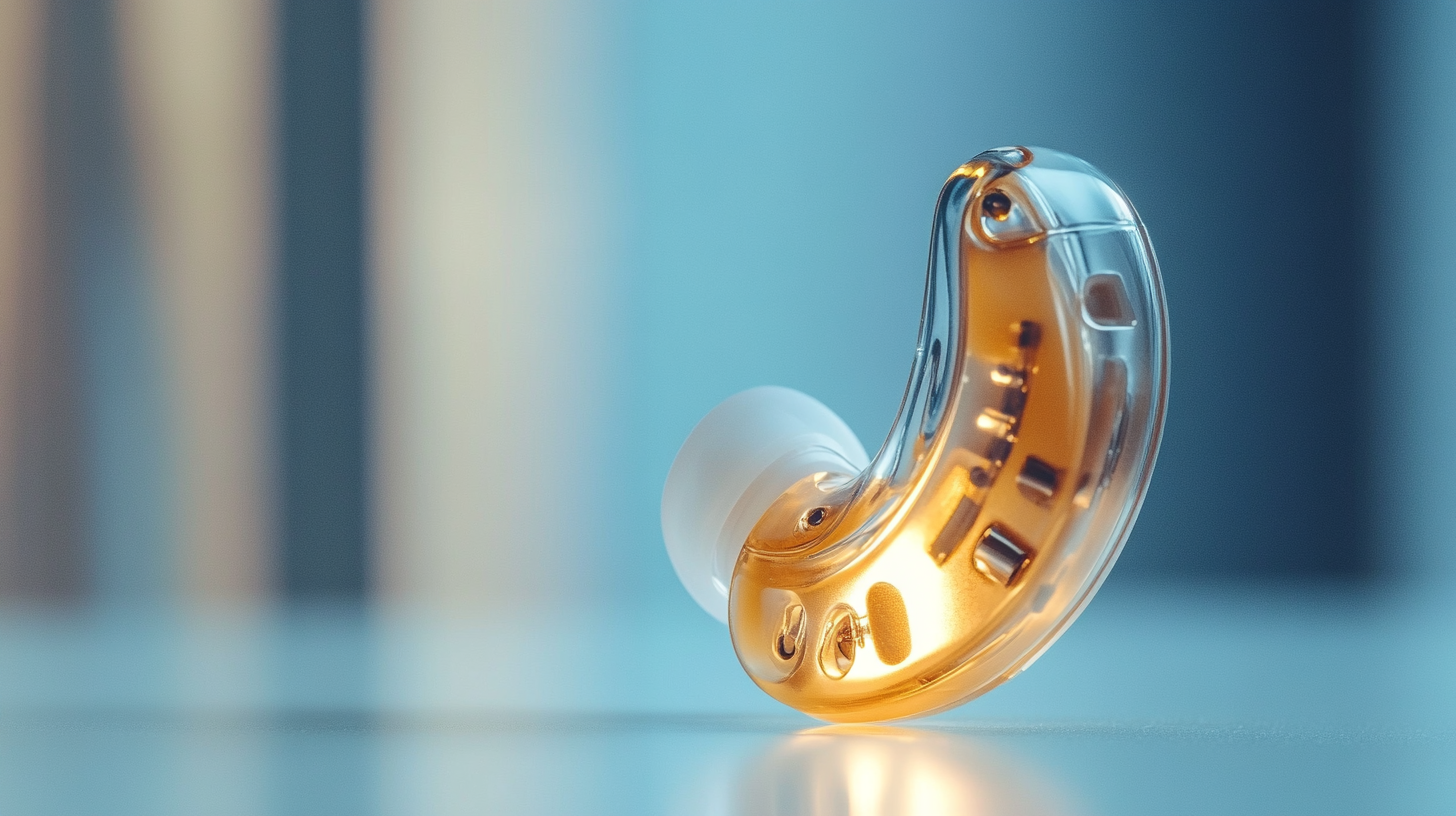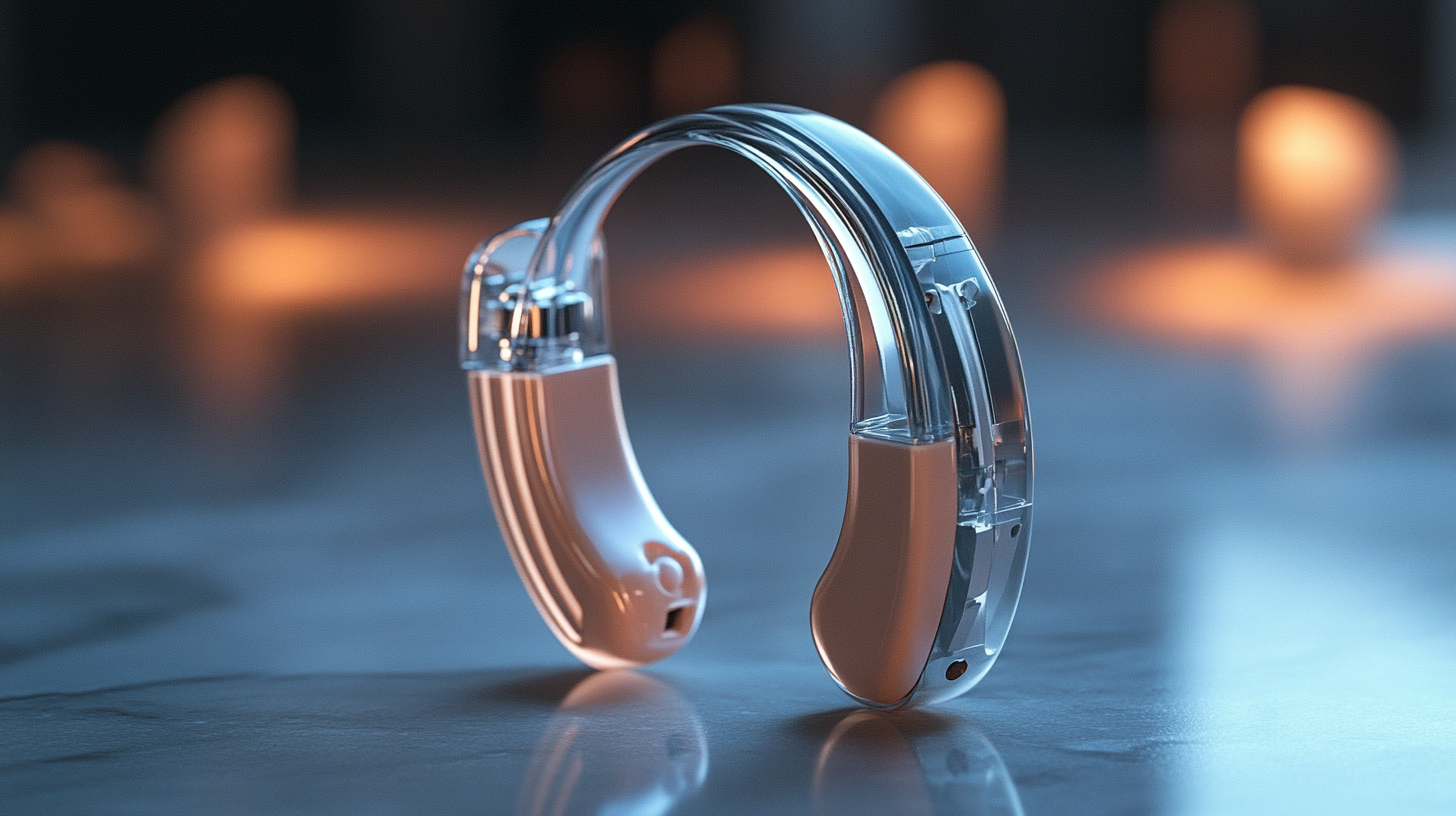In the past couple of decades, personalized hearing aids have been gaining demand, especially for one-ear applications. The World Health Organization's reports say about 466 million people around the globe have disabling hearing loss, and that figure is largely expected to rise with aging. Therefore, single-ear hearing aids have become a lifeline for the small sector of people suffering with unilateral hearing loss, accounting for an about 60% of the hearing-impaired population. With improvement in technology, these very special devices gear towards satisfying not only the users' technical requirements but also improving their quality of life by sound localization and social interaction.
The demands of people who need a hearing aid for one ear only must have influenced improvements in design and dexterity. Market reports show a preference for discreet and lightweight hearing aids that will be seamlessly integrated into the life of the user. Directional microphones and Bluetooth connectivity have become a prerequisite for these users since these accommodate every sound except horrendous ruckus, which enables participants in communication. This blog will showcase the exclusive features and applications of single-ear hearing aids, addressing their relevance in the field of audiological support and how they could change the lives of people suffering from unilateral hearing loss.

Hearing aids for a single ear are personalized solutions for an individual's problem of sensorineural hearing loss, that is, hearing loss in one ear. It's a type of hearing loss that can often cause very specific problems concerning the ability to judge directionality and spatial awareness in sound. With the help of these single-ear hearing aids, sound from the affected ear is being amplified so that the user hears better in social situations. Instead of amplifying sounds from both sides, these devices will pick up the lost sound and reduce the noise of the other side to create a more balanced auditory experience. Single ear hearing aids have the advantage of being less conspicuous. Many users prefer the small, lightweight nature of such devices because they make them less noticeable than standard bilateral aids. Such discreetness will enable people to wear such devices and still maintain a natural look while getting critical support with hearing. In addition, the simplicity of having only one device can also petrify some; thus, single-ear types become great alternatives for those daunted by the thought of using two devices. Affordability is probably the main criterion considered by many while purchasing these devices for use. These single ear aids are usually cheaper than any bilateral hearing option, thus making them easily accessible for the needy. This accessibility means many people can get help with their hearing cases thus improving their lives by enhancing their communication and social interaction.

There has been a considerable amount of interest in single-ear hearing aids in the audiology community primarily because of their advantages, especially concerning speech perception and auditory localization. Research has shown that approximately 60% of individuals with hearing loss in one ear find it difficult to understand speech, especially in noisy environments. Devices with a single ear are intended to help with this problem by aiming sound amplification at the affected ear, allowing the user to better separate the various speech signals and diminish the interference produced by the background noise.
The ability to perceive the location of sound sources is thus greatly compromised with unilateral hearing loss. In a study published by the American Journal of Audiology, it was shown that those with profound unilateral hearing loss have a 25% reduction in localization ability when compared to their peers with normal hearing. The benefit provided by single-ear hearing aids, therefore, lies in restoring relevant spatial cues that offer directional awareness of the sound, providing the hearing-impaired individual an enhanced capability to interact with their ambience. This skill is not only relevant to social interaction but also to self-preservation, as accurate sound localization can help individuals keep away from potential threats.
According to data from the National Institute on Deafness and Other Communication Disorders (NIDCD), around 7.5% of the adults in the USA have unilateral hearing loss, which proves the need for operation for solutions such as single-ear hearing devices. With the evolution of technology, the incorporation of advanced features of single-ear hearing aids such as directional microphones and Bluetooth connectivity increases their use even further, providing clients with an enhanced and customized hearing experience for improved interaction and quality of life.

One of the most important things that come up when using hearing aids is whether to use one or both devices. Both devices have their advantageous features and work better under certain conditions. Usually, single-ear hearing aids would be recommended for unilateral hearing losses as they provide amplification to the afflicted side. Thus, this approach improves sound localization during most daily events, making it much easier to engage in conversations in quieter areas or in smaller crowds.
On the other hand, the bilateral system helps provide a balanced listening experience, especially when listening to sounds in complicated auditory environments, such as busy restaurants or events with crowds. Because the sound is directed to both ears, a user can better segregate the conversations from the other ambient sounds. That significantly enhances a person's overall hearing experience. Furthermore, these same bilateral aids will counteract the "head shadow" effect, where sounds on one side are somewhat muted or more difficult to perceive.
So really the choice between the two boils down to what sort of auditory challenge the user is facing. Single-ear aids can be beneficial for someone looking for simple, less obtrusive devices, while bilateral tends to be fuller. Interestingly, grasping the context-in which these devices will be used can inform the best decision for one's particular hearing needs.

New developments in single-ear hearing aids, therefore, offer a new world of experiences for hard-of-hearing people. Important advances have recently taken place in sound quality, comfort of use, and functionalities. As per the Hearing Industries Association, global market sales are expected to surpass USD 9.9 billion by 2025 driven primarily by innovations in bilateral and single-ear hearing aids. This trend attests to the recognition of different needs for people who are impaired by hearing, especially individuals who may require the amplification in just one ear.
Among the best innovations in modern single-ear hearing aid is its artificial intelligence (AI) and machine learning capability. Setting modifications to give users a full perception experience result from automatic adjustments of these devices to surrounding sounds. According to individuals who use AI hearing devices, about 30 percent improvement has been documented in satisfaction in terms of loudness clarity and noise reduction. It has developed into more efficient designs that become less visible as well as more comfortable owing to miniaturization, thus reducing the stigma of a single-ear solution and widening the population able to access it.
One more current scenario is the inclusion of connectivity features, e.g., wired to wireless Bluetooth features that allow a person to stream audio from a smartphone or television directly to the user's ear. Grand View Research, in a report, states that this upward surge of wireless hearing aids is expected to occur with a CAGR of 7.4% between 2021 and 2028. Such trends include the possibility of making hearing aids more flexible to fit the lifestyle demands of the end users. With these types of changes, single-ear hearing aids will increasingly become personalized in providing a listening experience right to where individuals can share conversation and enjoy the environment.
Single-ear hearing aids have gained importance for people with hearing impairments as there are approximately over 400 million such people worldwide. In China, there are estimated to be more than 40 million people suffering from unilateral hearing loss, indicating the strong need for individual auditory assist devices. Many such people, such as Ms. Wang from Shandong, find it difficult to hear clearly, affecting their day-to-day activities. Therefore, it would be worth exploring how single-ear hearing aids can make their lives better.
Single-ear hearing aids are a better and more pleasurable way of engaging in mundane activities for the hard-of-hearing individual. Many common headphones could lead to an unobtrusive but stylish appearance as they give users a big advantage for in or outside the home. These will help to hear conversations better, facilitate social involvement, and experience music, which many do without thinking, but something that most cannot do because of unilateral hearing loss. As an example, Ms. Wang has a much better daily experience because she can clearly enjoy music and is integrally involved with her loved ones.
Moreover, experts emphasize early intervention in hearing loss. The very scope of the single-ear hearing aids enables new users to blend well into their surroundings while affording them the freedom of enjoying the social sphere. Such mixes of practicality and aesthetics may thus motivate several persons who were hesitant to visit hearing aid users to come out earlier to gain from it. Overall wellness would thus be improved.
*The content on this website is for general informational purposes only and should not be taken as medical advice. Please contact your physician or therapist to learn what therapy solution is suitable for your specific needs. Not all products, features, or indications shown are approved in all countries.